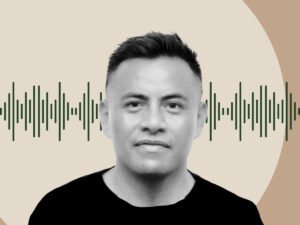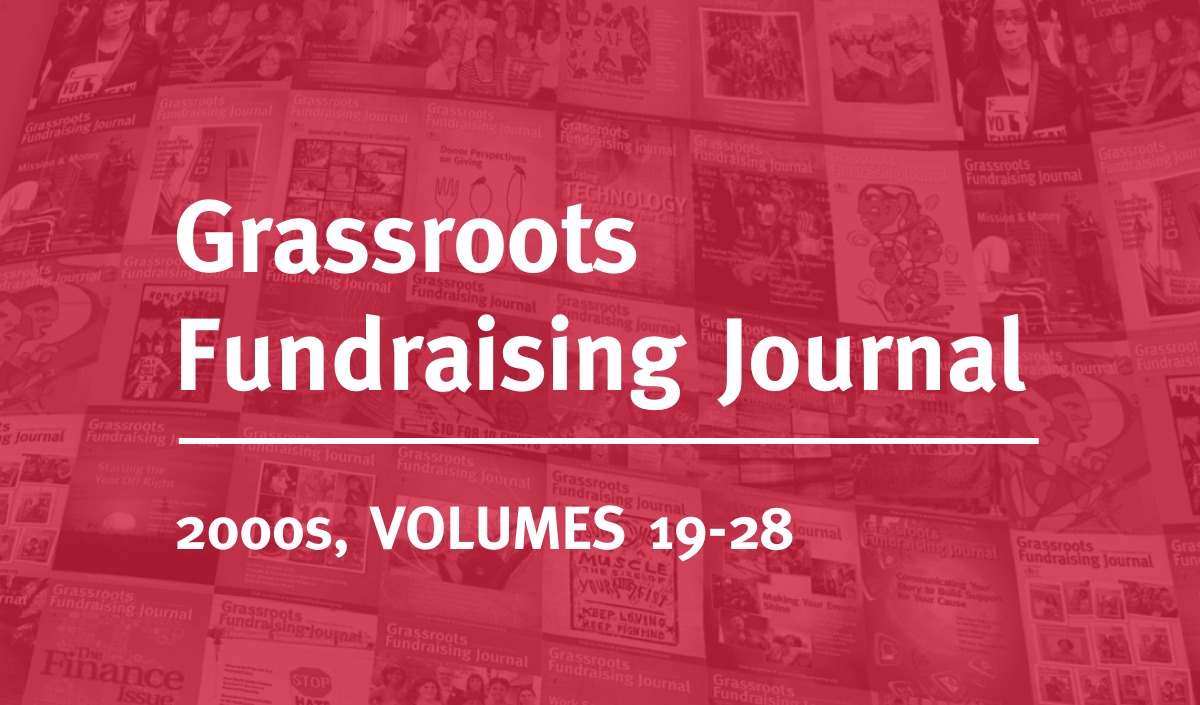February 21, 2011; Source: City Limits | How many kids do you know who are being raised by their grandparents, aunts, uncles or other relatives because the parents are unavailable, absent, or nowhere to be found? In New York State, there are some 400,000 kids living in homes of "kinship care" providers, but programs that support them are in danger of falling prey to Governor Andrew Cuomo's budget cuts.
This isn't a foster care program, where families volunteer to take care of kids in need or kids without parents. These are grandparents and other relatives who end up supporting their young relatives often because they have to – as well as want to. One out of every five grandparent kinship providers is below the poverty level. Most lower income kinship providers find themselves needing legal advice on benefits, housing, and support groups for caregivers.
In 2006, New York State created the Kinship Caregiver Program supporting community-based sites that provide counseling, classes, and assistance for caregivers. Last year, the program assisted 3,745 caregivers (and the 4,827 children they cared for), but that was on a budget of only $1.1 million, far below the $3 million budget of two years ago.
Sign up for our free newsletters
Subscribe to NPQ's newsletters to have our top stories delivered directly to your inbox.
By signing up, you agree to our privacy policy and terms of use, and to receive messages from NPQ and our partners.
The kinship funds are part of the state's foster care prevention funding of $70 million, but Cuomo is calling for that sum to be cut by half, with the separate program lines folded together into one pot to be divvied by the commissioner of the Office of Children and Family Services. The Kinship Navigator Program, a separate program that provides information and referrals to the state's kinship sites, fears that cuts in the kinship program may well force many children into foster care, actually costing the state more money rather than less.
Some nonprofits that help grandparents-as-caregivers might not feel the brunt of the state cuts, such as the Institute for Community Living, a nonprofit that receives city funding rather than state funding. But for the state-funded community centers, the likelihood of significantly reduced resources on top of the past couple of years' significantly reduced resources adds up to more problems in the state's child welfare system.—Rick Cohen













